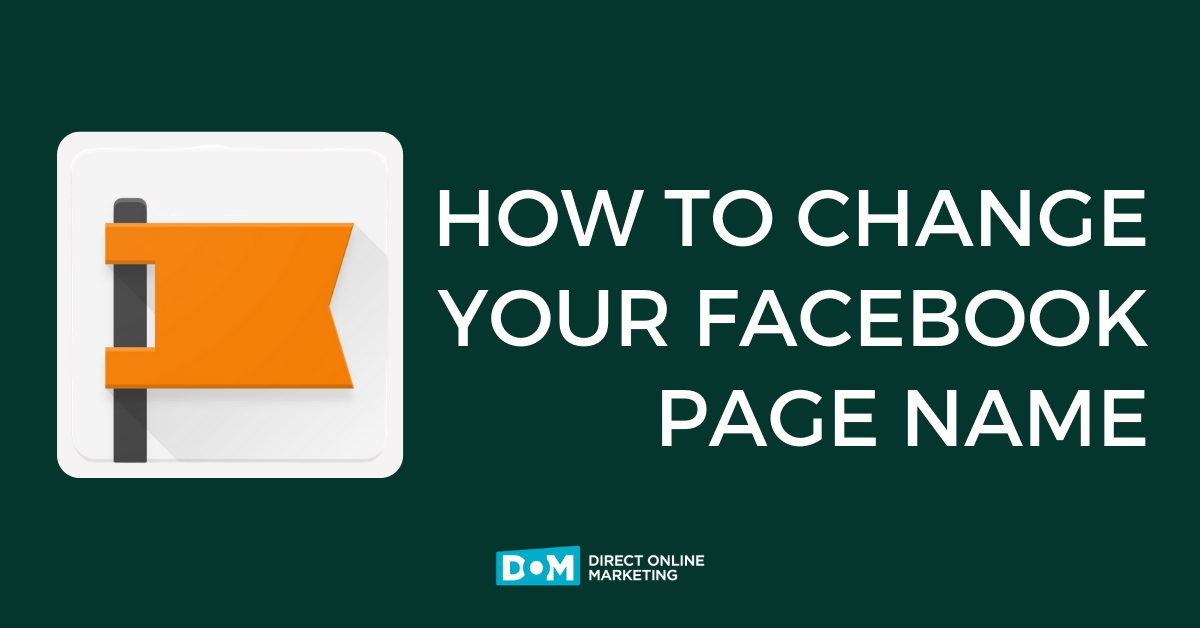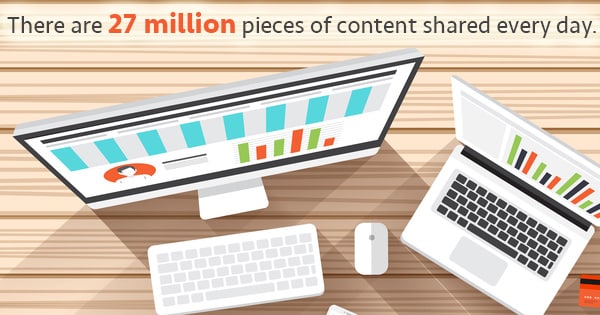In the early days of brand involvement on Facebook, engagement and organic reach with an audience was easy as pie. For those who could see the value in the social platform, some brands paved the way in creating a new experience for their fans.
As popularity grew and more people began to realize social media’s potential, everyone wanted a piece of the pie. In doing so, platforms like Facebook and Twitter have become more and more crowded. People are sharing more online than ever and brands are doing their part to get in on the action as well. Twitter has begun to play with a curated timeline (much to the chagrin of its users), but Facebook has been experimenting with its own algorithm to cut through the noise for a few years now.
Let Me Curate That for You
F
But then in October of 2009, Facebook launched a huge update by changing the default sorting order of posts from reverse chronological order to posts by popularity. As far as posting organically for brands, this might be seen as the event that marked the beginning of the end.
Essentially, the News Feed algorithm is Facebook’s method of sorting posts based on a few factors but mainly pertaining to user engagement. This includes likes, comments, shares, post clicks and photo/video views a post may receive. This became known as Facebook’s EdgeRank and although the algorithm has not been referred to as such internally since 2011, the concept remains the same. The more your audience engages with your content, the more likely your future posts will be inserted into their News Feed without dedicating advertising dollars.
Pay-To-Play
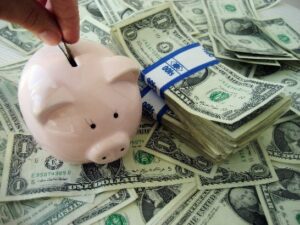
In recent years, Facebook advertising has been a great tool for advertisers marketing to an online audience. With features like dark posting, users can create content and promote it to an incredibly specific audience with minimal and controlled ad spend. Bigger players on social can definitely justify this kind of strategy, but it does leave smaller businesses with a couple of hard choices.
Continual Tweaking
As of April 21, 2015, Facebook announced new changes coming to the News Feed. It highlights a couple things:
Repeat Content
If you are a newer user or you don’t have larger number of friends or pages you follow, Facebook will now allow you to see multiple posts in a row from the same source if your News Feed doesn’t have any new content to show.
Friend Engagement Visibility
According to Facebook’s survey, users stated they didn’t like seeing users commenting or liking other posts. This minor feature has been deemed as less valuable and will either be shown much lower in a user’s News Feed or not at all.
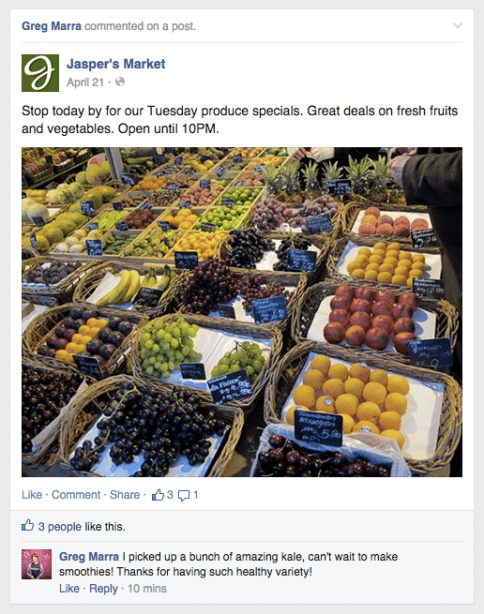
People over Pages
The change that impacts brands and publishers the most is favoring posts from friends over pages. The concept is sound; people don’t want to miss out on updates from their friends and family. This moves posts from business pages to be pushed down the News Feed even further and in turn lowering organic reach. Facebook has even acknowledged the fact that they believe this will reduce referral traffic from page posts.
Putting Together a Game Plan
Quality, valuable content is currently the best way to connect with audiences, and this doesn’t pertain to just social media. Facebook might not even be the best place for a brand to be when looking to promote itself. This is not to say that posting organically is impossible, but the challenges are only going to increase.
But if you are willing to put in some money, Facebook has tremendous tools to leverage. It all comes down to when you should promote and when you should boost.
When Should I Boost a Post?
For a quick and easy way to get your posts shown to more people you just need to boost it. If you’ve posted regularly from your business page, you might have noticed a blue button in the lower right-hand corner of your posts labeled as “Boost Post.”
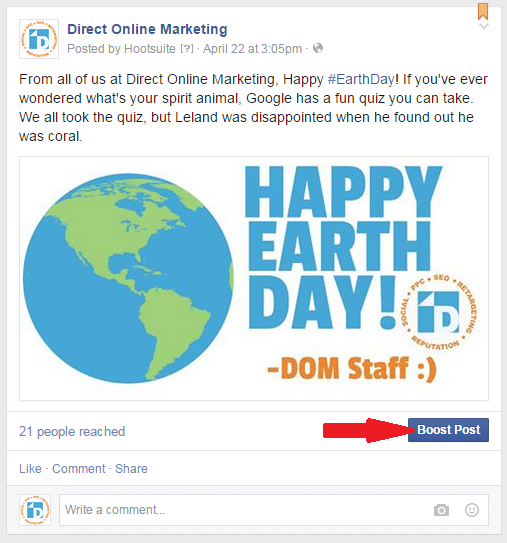
When you select to boost, it’s always done after a post has been uploaded. Just be aware that if you are looking to boost an image, make sure it has text taking up less than 20% of the image size itself or Facebook will deem it unacceptable and kick it back. This requirement also applies to promoted posts. Facebook has its own text validation tool or you can use other free tools available online to help with this.
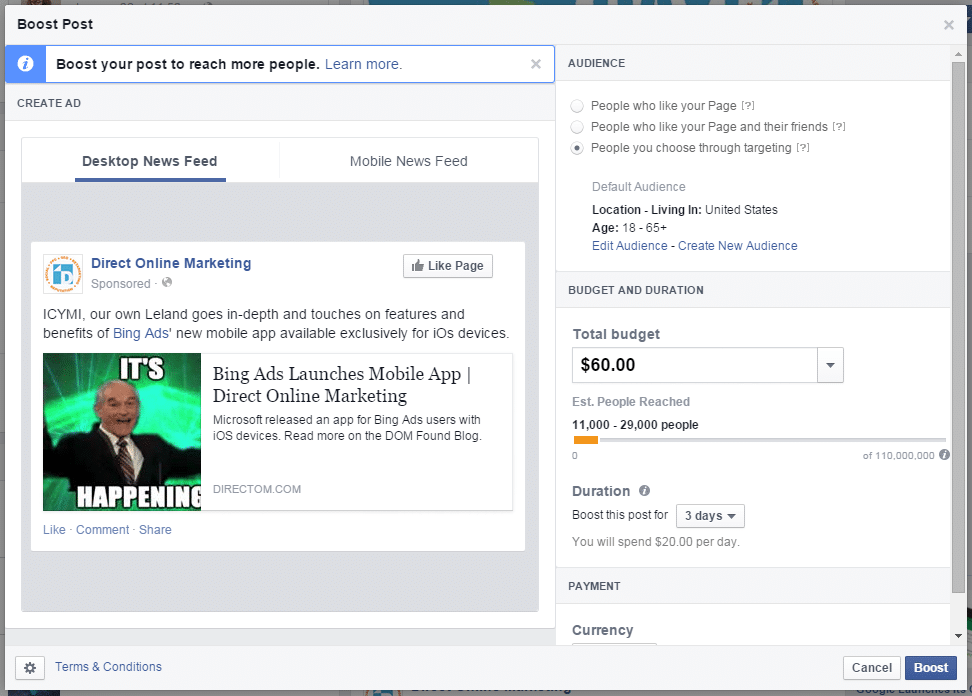
From here you can select to boost the post to your fans and friends of your fans, or general audience by age, gender, and between 4 to 10 interests. Then select how much you’d like to spend and how long you would like your post to be boosted for.
When Should I Promote a Post?
The primary difference between the two is targeting and bidding options. While boosting a post does offer some good basic level targeting, the Ads Manager in Facebook goes even further. You have the option to target people beyond their interests, age, gender, etc. You can select people by behaviors, language, people who travel to a specific location, what apps they connect to, their ethnicity, political affiliations; the list is endless. You can get as specific as possible and get the exact type of consumer you want to reach.
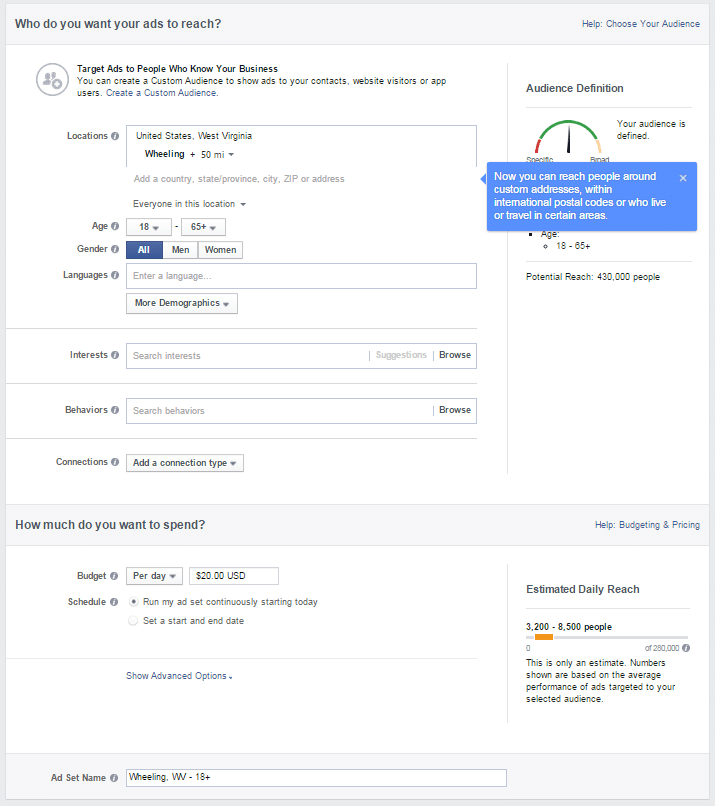
Even further, you have more options in the way of bidding so you can optimize your spending. First, you can schedule your post to show right way or designate the exact start and stop time. After you can select the option that best fits your needs for either post engagement, daily unique reach, impressions, or clicks.
After you set pricing and what you’re willing to spend, you can edit how your post will look in the desktop, mobile, or right rail views. Don’t want to display in the right rail or desktop views? You can remove them and target just mobile.
Creating the best content the world has ever seen isn’t worth much if no one sees it. While the “free ride” may be over, promoting and boosting posts in Facebook can still be a massively valuable tool to engage your audience.
